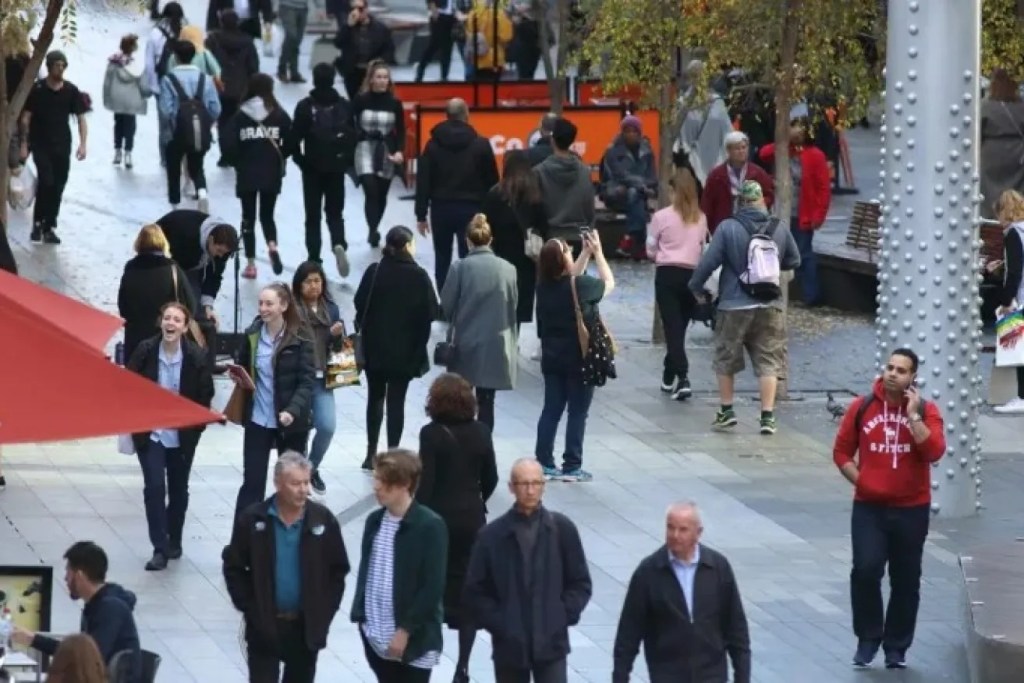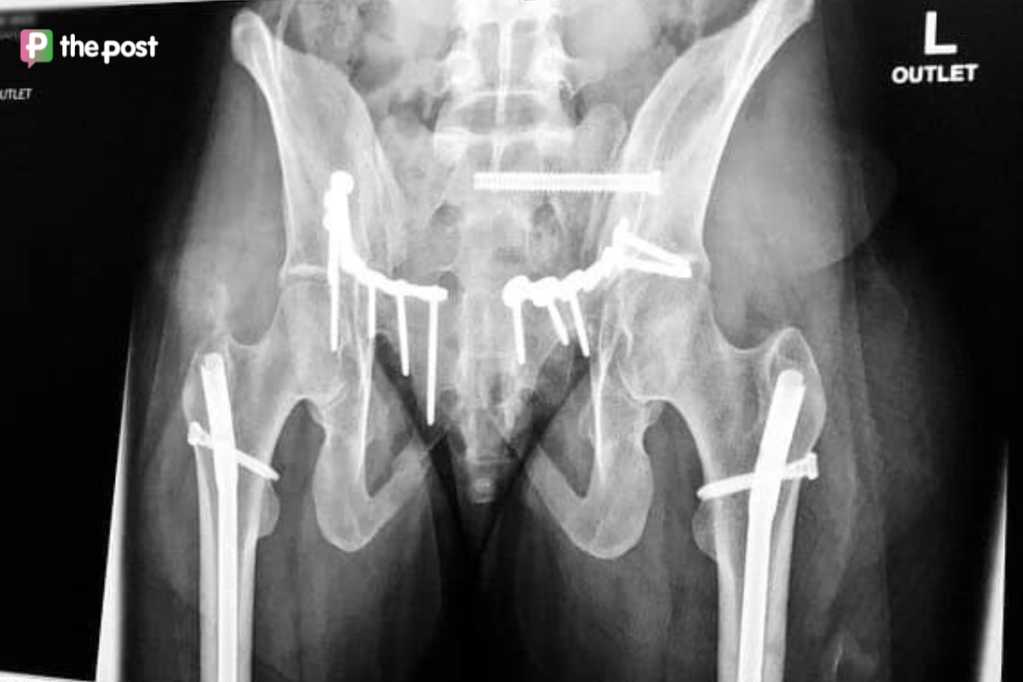South Australia records third highest jobless rate
South Australia recorded a slight decline in unemployment in October, taking it to the third highest rate in the country just two months after it was equal lowest.

October’s Labour Force Figures, released by the Australian Bureau of Statistics today, saw South Australia’s unemployment rate decrease by 0.1 percentage points on a seasonally adjusted basis, bringing it to 4.2 per cent.
The highest unemployment rate was recorded in the Northern Territory at 4.6 per cent, with Victoria rising to 4.5 per cent in the second spot, after last month recording the highest rate.
It comes after South Australia jumped from the equal lowest jobless rate in August at 3.9 per cent to the second highest in September at 4.3 per cent.
South Australia stayed above the national rate of 4.1 per cent in October, which remained steady for the third month in a row.
“In South Australia, the unemployment rate decreased to 4.2 per cent in October, even with an increase in the participation rate, since job growth was strong,” BDO partner Anders Magnusson said.
You might like
“However, wages growth in South Australia has been a little weaker than nationally and in-line with Victoria, and job vacancies in South Australia have decreased more quickly than the national average in the past six months but are still above pre-COVID levels.
“This suggests that South Australians might have to wait a little longer than we would like for the national economy to slow enough to trigger a cash rate cut by the RBA.”
South Australian underemployment remained second worst at 7.5 per cent, second again only to Tasmania at 8.1 per cent.
Nationally, the employment-to-population ratio remained at a historical high of 64.4 per cent, as the participation rate saw a new record high of 67.2 per cent.
Stay informed, daily
There were 67,000 more unemployed people in October than at the same time last year, though this was still 82,000 less than in March 2020.
“The slow growth of new jobs and wages does not indicate a crisis,” Magnusson said.
“A complex interplay of factors is causing these movements and the economy remains strong.
“Today’s steady unemployment rate of 4.1 per cent suggests that the RBA’s forecast of 4.3 per cent in the December 2024 quarter may be an overestimate. The RBA won’t be pleased as a weakening to 4.2 per cent would have indicated that the cash rate was adequately restrictive.
“Today’s steady unemployment rate suggests that a rate hold is all but guaranteed for the RBA’s last cash rate call of the year.”
ABS head of labour statistics Bjorn Jarvis said female participation saw an increase to 63.1 per cent, an increase of 1.9 percentage points from March 2020.
“Female participation is now around two percentage points higher, which is about double the percentage point increase for men,” Jarvis said.
“Compared with what we saw before the pandemic, the unemployment and underemployment measures are still low, while trend employment and participation measures are at an all-time high. This suggests the labour market continues to be relatively tight.”
For the sixth concurrent month, seasonally adjusted monthly hours worked rose in line with the employment rise, with both seeing a 0.1 percentage point increase in October.








